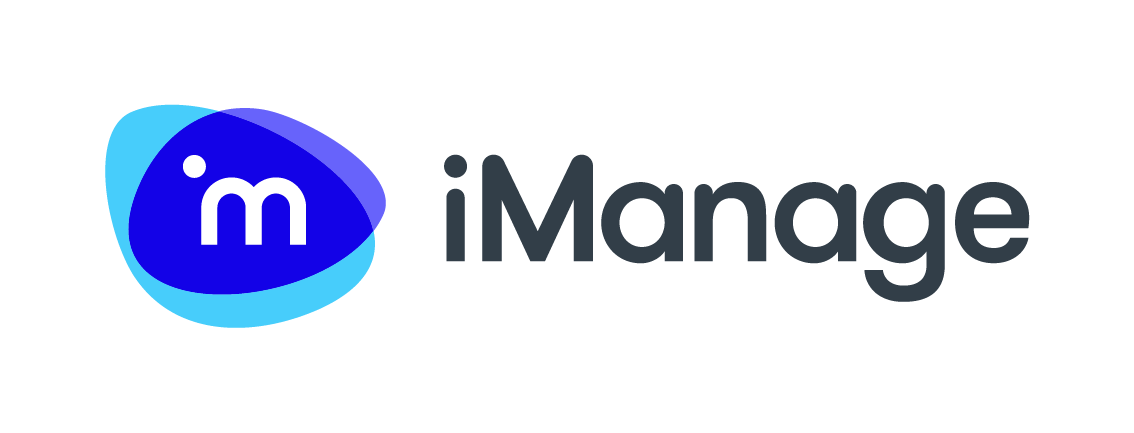Financial services document management: Why you need a single source of truth
A fragmented approach to document management is no longer viable. Discover why moving your document management processes to a single source of truth could be the answer.
From poor version control to basic access management, the state of document management in financial services is causing huge challenges. And if those challenges can't be overcome, there can be significant consequences.
It’s something that financial conduct authorities across the globe are recognizing, forcing them to apply increasing pressure on financial institutions for mishandling documentation and data. In fact, the US Securities and Exchange Commission (SEC) issued firms with fines totaling more than $1.2 billion in 2022 alone for recordkeeping violations. And if these penalties weren’t punishment enough, countless firms are being heavily criticized in the press, causing substantial reputational damage.
Beyond the headlines, a lack of efficiency caused by an abundance of content management tools and systems, has created an operating environment where professionals find it difficult to quickly pinpoint the right documents, or even track the status of individual cases—leading many to raise significant auditing concerns.
Document management issues also negatively impact the thing most financial services organizations treasure most: security. Take mergers and acquisitions (M&A), for example. Best practice is restricting access to individuals on a need-to-know basis, where "ethical walls" define who has access to content based on their role in the organization and relationship to the client or transaction. With large M&As often running into millions of documents, nuanced access controls are simply impossible to achieve. But without them, the risk of unauthorized individuals seeing sensitive information at the wrong time can be enough to collapse a deal—causing untold losses in legal fees and negative press coverage.
So, what’s stopping firms from addressing these problems?
Financial services has a fractured approach to document management. Manual processes that have served their purpose for decades are difficult to break, particularly in a traditional industry like banking that’s slow to embrace change.
But even firms that believe they have complete control over their documents will often use several document management systems, further compounding inefficiency and cost challenges.
It’s why more organizations are rethinking their document management strategies. But the big question is: what does great document management look like?
A single source of truth: The hallmark of great document management
Without a single source of truth underpinning everything, document management challenges will always exist. That’s why having just one system that empowers users to find the documents they need right when they need them is vitally important.
Having centralized document management also means you can create search and collaboration workflows that make sense for how your people like to work, something that’s vitally important for a time-poor, highly-skilled professional. A great document management vendor will have pre-built workflow structures that relate to specific industries and organizational structures. And they’ll even be able to show you best practices across your industry peers.
When dealing with sensitive documents, security should be paramount. But security can’t get in the way of people doing their work. Rather, high-value content needs trusted safeguards that are unobtrusive to the end user. To offer a seamless working experience to your people, any document management system needs to meet them where they are. In other words, the latest version of each document must always be available on any device, allowing users to pick up where they last left off.
Finally, great document management should work in the background without users really having to think about it. When you consider the high workload of an average financial services professional, learning how to use a new document management system will be the last thing on their mind. That’s why simple usability is a must. Similarly, the best systems look identical across devices and integrate seamlessly with commonly used applications, such as Microsoft Office, and major messaging applications and email clients.
iManage for financial services
We believe document management should work in a nuanced way for each user but also be consistent across the organization. By centralizing document management, your employees can work more effectively and collaborate without any risk to security. It also means that your organization can retain more knowledge—regardless of staff turnover—and ensures that no one starts with a blank sheet of paper; think reusable templates.
At iManage, our collective decades of industry expertise help us design and deliver truly case-centric document management.
Take iManage Tracker, for example. It’s a project-centric task and checklist management tool within the iManage ecosystem designed to empower knowledge workers and their leaders to take greater control over their work.
iManage Tracker offers:
- Project-centricity—keeping documents, emails, and tasks organized by client, matter, or project.
- A device-agnostic approach—being natively embedded with iManage Work and Microsoft Office.
- Full project visibility—providing both a high-level and detailed overview of all tasks, organized at the client, project, user, or matter level, for better visibility into your work.
- Scalable automation—reducing time lost on manual re-keying and standardizing team processes with pre-populated lists.
- Multi-level security—governed by iManage need-to-know security for greater sensitive information protection.
It’s just one of the many tools from iManage that help free up financial services professionals to focus on more value-adding activities and enhance compliance across the organization.
Centralized document management: One small step, countless wide-reaching benefits
While traditional document management approaches can inflate costs, limit productivity, and create risk, single-source document management holds the key to more streamlined and effective operations.
To find out more about our approach to document management, get in touch with our team of experts today. And be sure to read the Forrester TEI study that reveals a three-year 370% return on investment with iManage.
Making Knowledge Work
Request a demo
Ready to see how iManage can make a difference to your organization?


About the author
Stuart Douglass
Stuart Douglass has 25+ years of experience in the technology industry. He specializes in helping corporate legal departments reach their goals with the right technology.